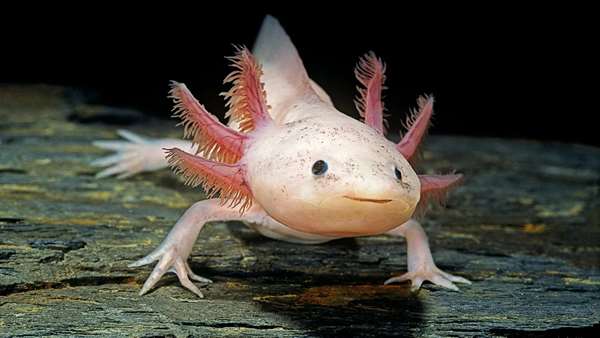How a mouse could help humans heal better
Few mammals have the ability to regenerate a severed spinal cord and heal other severe injuries without scarring, but a diminutive rodent from Africa could hold the key to a medical revolution.
Few mammals have the ability to regenerate a severed spinal cord and heal other severe injuries without scarring, but a diminutive rodent from Africa could hold the key to a medical revolution.
Monica Sousa, an experienced scientist, could barely believe her eyes. In the small plastic enclosure on the lab bench in front of her was a mouse that a few weeks before had been half-paralysed, its rear legs dragging behind it wherever it went.
Now it trotted around, and even jumped acrobatically, despite having received nothing but pain relief since its injury.
There was no real precedent for this. Mammals, from tiny rodents to humans, never usually recover from serious spinal cord or other central nervous system injuries. Except, it seems, for the African spiny mouse.
In recent years, scientists have discovered that this creature, found in arid habitats in African countries including Kenya, Somalia and Tanzania, has an extraordinary gift for regeneration. It can overcome devastating injuries to its skin, heart, kidneys and spinal cord.
No-one expected this, including the US-based scientists who discovered in 2012 that the spiny mouse could regenerate large areas of damaged skin.
"We were all completely amazed," says Sousa, an expert on nerve regeneration at the University of Porto, in Portugal, referring to the mouse's remarkable ability to repair its spinal cord, which she and colleagues documented in a study published earlier this year. The mice recovered from paralysis in a matter of weeks.
The African spiny mouse joins a special list of otherwise non-mammalian species known to be able to regenerate important parts of their bodies. Regeneration is a specific form of wound healing that replaces lost tissues more or less like-for-like, avoiding excessive scarring, so that the body part in question can function just as well as it did before. Axolotls, flatworms, zebrafish and some jellyfish can regenerate relatively large and complex parts of their bodies, for instance. And newly hatched alligators can regrow severed tails, according to a study published in 2020. But none of these animals are as closely related to us, genetically speaking, as the African spiny mouse.
https://www.bbc.com/future/article/20220422-the-quest-for-super-human-healing#:~:text=Work%20by%20researchers%20such%20as,to%20allow%20tissues%20to%20regrow.




ارسال به دوستان